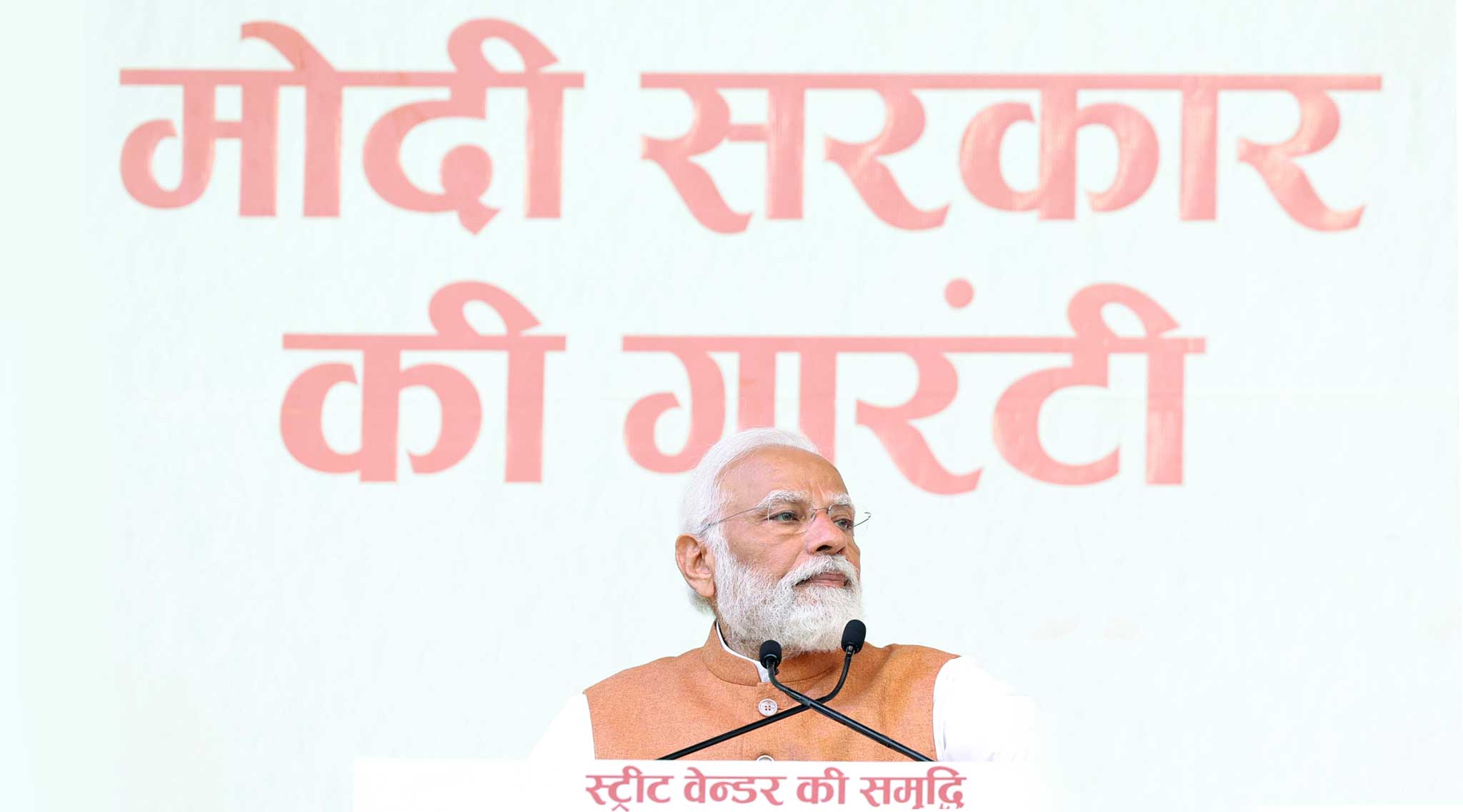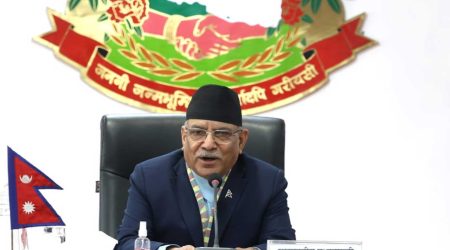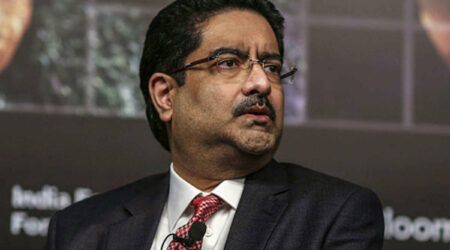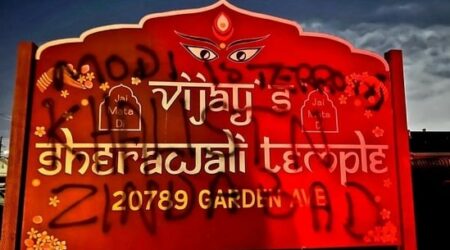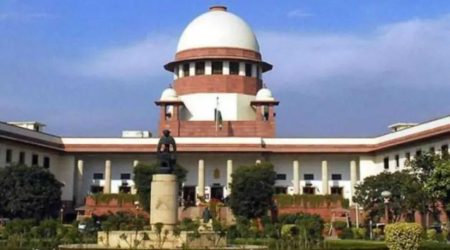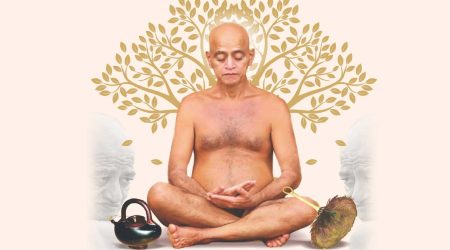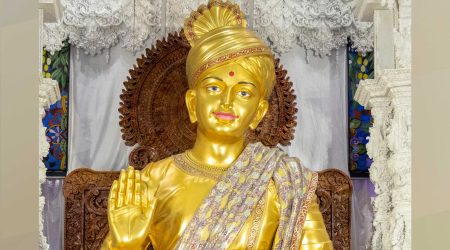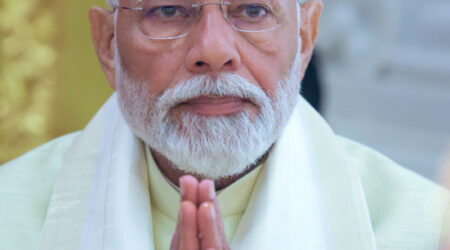By Vipul Tamhane
India awaits the grand showdown in April-May later this year, with an anticipation of a possible third term for Prime Minister Narendra Modi and the BJP. In the last ten years, the BJP government led by PM Modi has attained many milestones.
Freedom from corruption, poverty, and appeasement that have shrouded the country for decades have been alleviated. PM Modi’s team establishes the politics of performance in the nation.
It seems, Modi 3.0 is poised to leave no stone unturned to strengthen the foundations of ‘Viksit Bharat’ i.e. ‘The Developed India’ mission by 2047. PM Modi has already announced an important policy change for that in the form of opening up the space sector to 100% FDI. He also asked his ministers to start preparing the agenda for the first 100 days of his next term.
The Indian public has a wish list for PM Narendra Modi in anticipation of the victory in the general elections.
Here is the wishlist:
The Agricultural Reform requires political capital and time to align farmers and farms with the market. A majority government, like the one led by Prime Minister Modi, should allow him to end the MSP regime with committed and unlimited procurement.
The reform should be ‘MSP plus procurement’, where the government buys buffer stock for national food security in the open market and competes with private trade. Farmers deserve support when prices fall below a pre-announced minimum, and the government can set up a price stabilization fund if prices fall below that.
The government should encourage farmers, incentivize them, take them to the market, regulate the market tightly, and bring in private buyers.
The Modi 3.0 should encourage farmers to diversify their production, allowing them to benefit from seasonal ‘boom and bust’ cycles.
Secondly, the Union Public Service Commission has become a mechanical, competitive recruitment system, targeting top jobs. Prime Minister Modi suggests that families from lower middle and neo-middle classes in India should have a fair chance to send their children to better-equipped urban dormitories.
If PM Modi could abolish the Planning Commission and railway budget in his first term, and replace the existing military recruitment system in his second term, aiming to raise the bar in higher-level government recruitment is expected in his third term.
PM Modi’s government has pushed for reforms on land acquisition, agricultural reform bills, and labor codes without debate, raising suspicions. The first issue is partially resolved by offering more land for acquisition and making land sales more lucrative for farmers, while exempting defense. The other two issues must return to the agenda for the third term.
Union home minister Amit Shah spoke at the BJP’s National Convention 2024 at Delhi’s Bharat Mandapam on February 18, exuding confidence that India, whilst the Modi 3.0 will be completely free from terrorism, separatism, and Naxalism.
India’s external security environment has struggled with a two-front challenge. China uses Pakistan as a cheap instrument to triangulate India. India under PM Modi has achieved much in terms of foreign relations and strategic repositioning. Modi 3.0 needs to get rid India of the two-front curse. It will involve settling India’s disputes with at least one of our two nuclear neighbors. It’ll be tough and fraught with political risks, but if PM Modi wants to leave a real legacy, breaking India’s strategic triangulation would be the real gift.
India needs to plan for urbanization and resources for local bodies, revamp its industrial policy, and address issues like unemployment, reduced employment elasticity, and skills/education delivery. Statistical systems also need revamping, and Census 2021 is pending. There is a work-in-progress aspect to formalization for labor and enterprises. India’s medical infrastructure needs to better furthermore to balance the growing economy and the next 5 years need to set the medical treatment to become more affordable.

Basic standards need to be set right, eg. every household with piped water, electricity via solar power, piped cooking gas across the country, etc. In PM Modi’s words, “In the coming days, our focus will go beyond ‘ease of living’ to improving quality of life,” the prime minister said, stressing that the government will focus on providing opportunities to the neo-middle class emerging out of poverty. “We will provide more strength to the ‘Modi Kavach’ of Social Justice.”
PM Modi’s vision reflects a booming startups ecosystem, with record breaking patent numbers, with a positive digital economy with growing Fintech, defense and space start-ups. ‘Made in India’ to boost indigenous semiconductors and electronics products to export and dominate the world space in the Modi 3.0 tenure. The country would work towards reducing energy dependence on other nations, where the government pushes towards green hydrogen and ethanol-blended fuel.
Though GST numbers look good, the 53rd meeting of the GST Council will have to look at harmonizing and streamlining rates and bringing in more products into GST. Since average GST rates are unlikely to increase, higher revenue will be through enforcement and administrative efficiency. For the budget, direct tax reform is more pertinent, entailing incentivizing a switch to a fewer exemption system (for both personal and corporate income tax).
Fewer exemptions will increase revenue, without increasing rates, and will lead to reduced compliance costs and litigation. This is a big-ticket reform idea, as is non-tax revenue. Such subsidy reform has to factor in possible recommendations of the 16th Finance Commission, expected by November 2025. The new government should work with state governments to forge a consensus on simplified GST (goods and services tax) rates. Ideally, it should be a three-rate system—merit, general and demerit.
PM Modi has also reiterated his mantra of ‘states’ development for country’s development’, assuring that the Union government would support the development of all states. Emphasizing the importance of healthy competition for development among the states, the prime minister called for a competitive cooperative federalism. In other words, the Viksit Bharat template requires a receipts-expenditure exercise by the Union government, as it does by state governments. The Union-state fiscal devolution will bring one to a few broader issues that transcend the narrow budget-making exercise.
Also, in Modi 2.0, there was the exogenous shock of Covid-19. Despite global uncertainty, there are no immediate signs of any exogenous shock now. Hence, Modi 3.0 will be driven by aspirations like $7 trillion GDP in 2027 and $30 trillion in 2047. That will drive the economic reform idea, spliced with other reforms that are political – a fresh delimitation (redistricting) of parliament and assembly constituencies being one of them.
Extrapolating history to future experts observe the growth continuity a la Modi 1.0 and Modi 2.0. There will be continuity between Modi 2.0 and Modi 3.0, hence no reforms will be a break from the past. Instead, there will be tweaking and improvements on what is already being done.

Vipul Tamhane is a counter terrorism expert and a visiting faculty with Pune University (SPPU) at Dept. of Defense and Strategic Studies (DDSS). He is also founder and Editor-in-Chief at Diplomacy Direct, a public interest Think Tank based in India.
Disclaimer: The views expressed are not necessarily those of The South Asian Times


